Neurotoxins are good for more than anti-aging.
We already know that neurotoxin injections are the gold standard at helping to reduce fine lines and wrinkles. However, you may not know you can use the same neurotoxins, like Botox Cosmetic, Dysport, Jeuveau and Xeomin, to improve rosacea.
If you have rosacea, you know how challenging it can be to get rid of or camouflage the redness and flushing that comes with the condition. There are a handful of in-office treatments that can help alleviate symptoms, from lasers to light therapies. If you’re interested in trying an off-label neurotoxin injection to address rosacea, hear what the experts have to say.
What symptoms of rosacea can neurotoxin injections improve?
New York dermatologist Orit Markowitz, MD notes that studies have shown neurotoxins can decrease facial flushing, one of the most stubborn symptoms of rosacea. “Neurotoxin infusion can relax overactive capillaries to diminish redness and rosacea in the skin,” says New York dermatologist Julie Russak, MD. Additionally, “Several studies have shown that neurotoxins also can reduce sebaceous gland hyperactivity and pore size that is also active in rosacea flares.”
Do you inject the neurotoxin differently for rosacea than when trying to achieve anti-aging effects?
According to Dr. Markowitz, the dosing and locations of injections in studies vary, so there are no official guidelines. Washington, D.C. dermatologist Tina Alster, MD says the process is different from general neurotoxin use. “Dilute amounts of neurotoxin are delivered into the superficial dermis (rather than into the muscle) in order to diminish the vasoactivity of the blood vessels,” explains Dr. Alster. Dr. Russak says the neurotoxins enter via micro channels instead of “the belly of facial muscles,” where you would be targeting fine lines and wrinkles.
How many treatments would someone need, and how long does it last?
While everyone is different and how you respond to the treatments depends on the severity of your rosacea, Dr. Alster says treatments are typically delivered two or more times annually. Talk to your dermatologist about what is right for you. Following your first treatment, you can make a judgment call with them about where to go from there.
What other treatments can be used on their own or in conjunction with neurotoxins to improve rosacea?
Dr. Russak feels that the combination of a neurotoxin and laser- or light-based therapy provides the best outcome for rosacea patients. “One of my favorite energy treatments to add to rosacea treatments is IPL (Intense Pulsed Light),” says Dr. Russak. It’s “a light-based treatment that can dramatically improve rosacea by collapsing blood vessels.” Dr. Alster also likes using lasers to address rosacea. “I prefer vascular-specific laser treatment to permanently eradicate/diminish the blood vessels responsible for the redness and flushing of rosacea,” says Dr. Alster.
Dr. Markowitz uses the latest and, in her opinion, most effective technology for managing rosacea—the Vbeam Prima laser. “It is virtually painless, and there is a great deal of data and publications to substantiate this technology in the management of rosacea,” says Dr. Markowitz.
Read article here.

